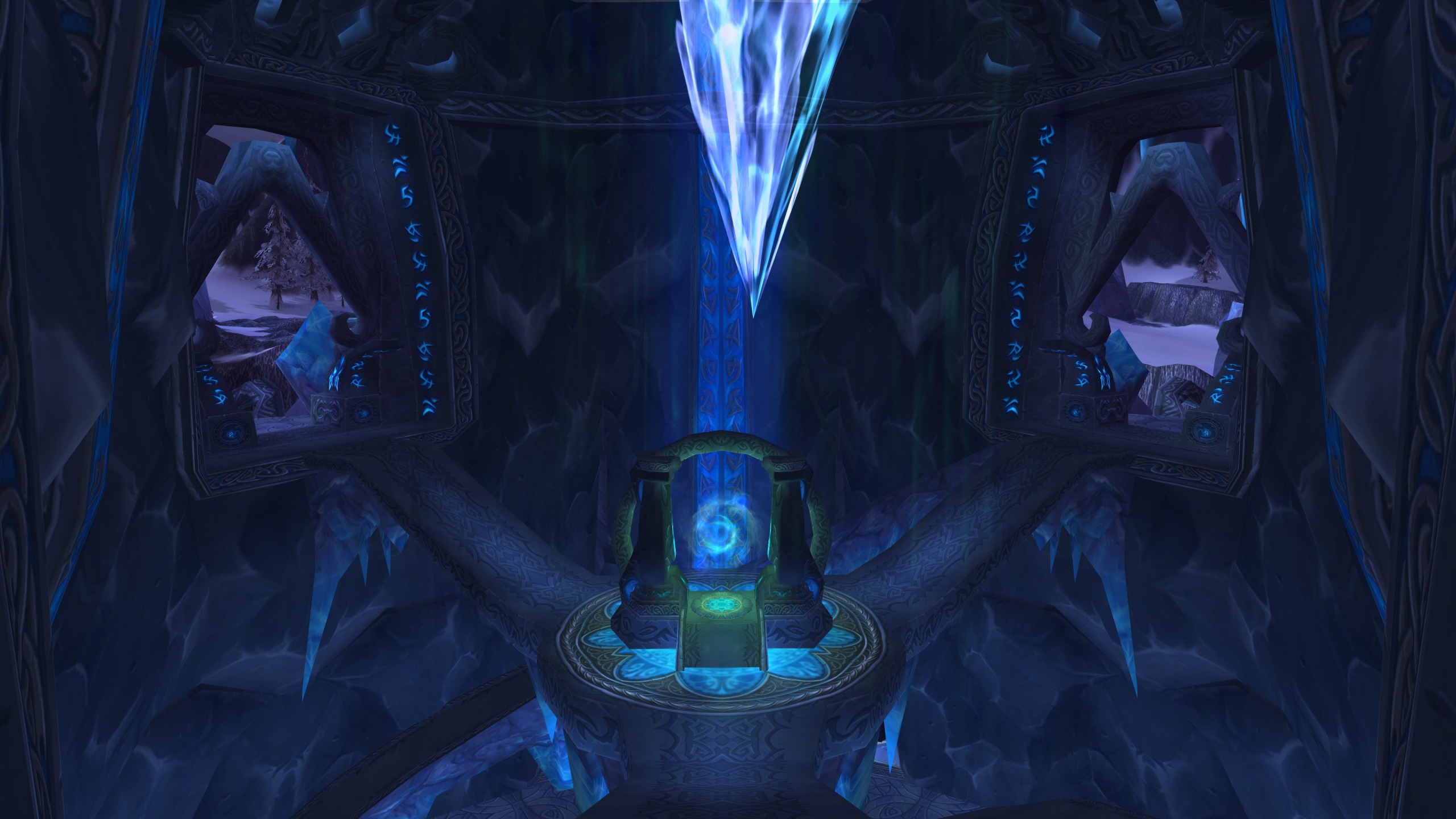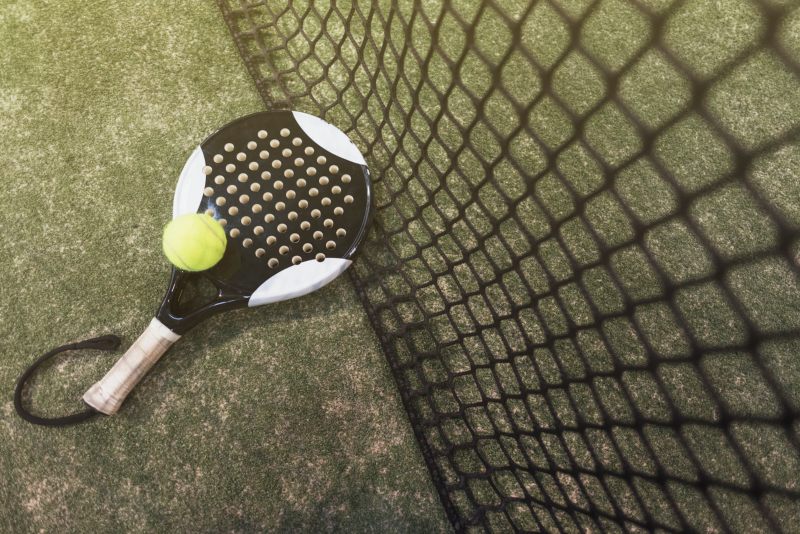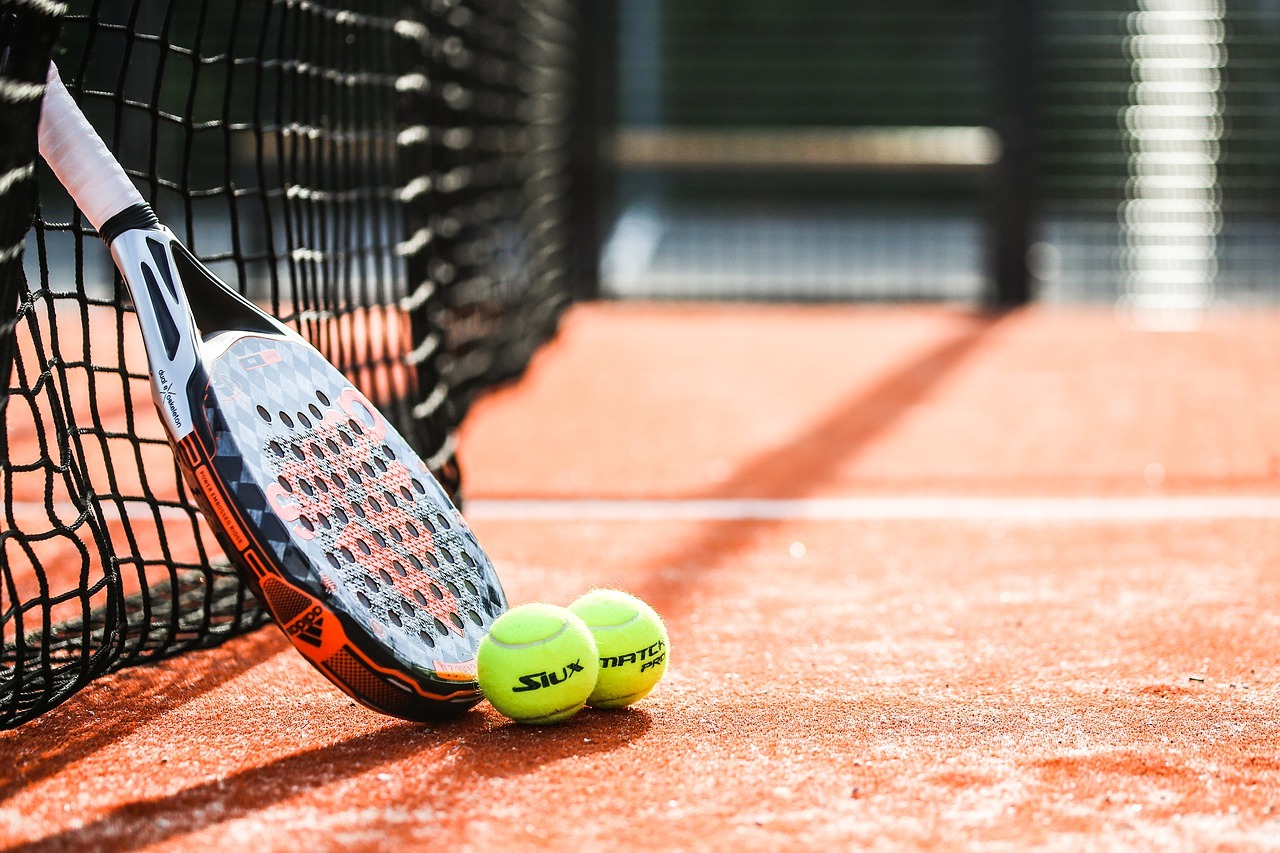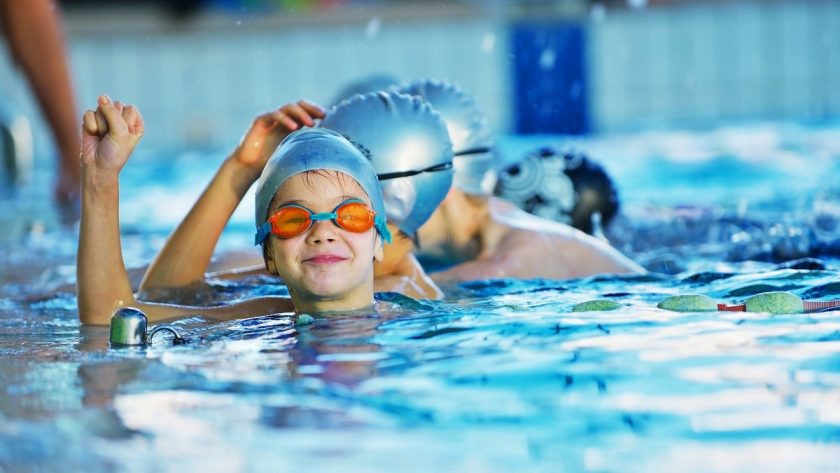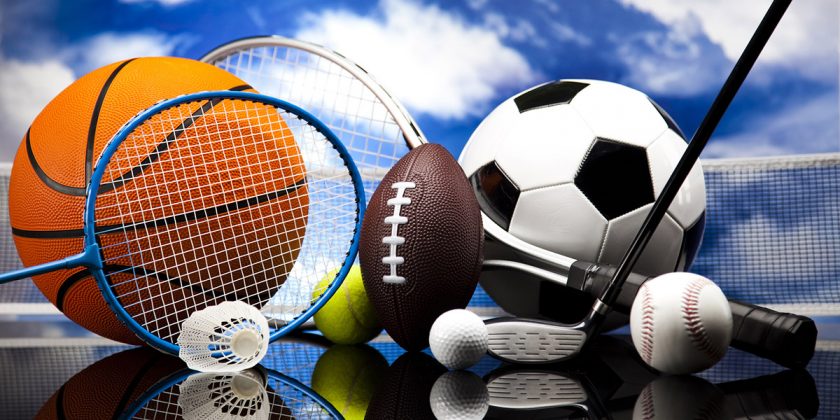
Several scientists doubt that it could be conceivable. Throughout this instance, even tough everyday tasks like perusing a lengthy daily mail article or completing an arithmetic problem could not be adequately difficult to provide the intellect an intense workout.
Systematic repetitions of remembering training might be essential to developing and preparing the aspects of cognition, much as professionals participate in physical conditioning through regular brain training in working out certain musculoskeletal areas as well as respective heart and cardiac processes. Memory-training applications demand maintaining a lot of items while being preoccupied with other work.
Meditation
Then again, the memories are prone to be damaged by illnesses, injuries, psychological issues, as well as, most significantly for everyone, maturing. This alleged demand has already been met by just a multibillion-dollar market for mindfulness meditation, which offers a plethora of affordable, widely obtainable, and downloadable programs for mobile devices.

We seven have shown that well-designed workouts may enhance fundamental cognitive abilities and sometimes even result in higher ratings on typical Intelligence tests. The practice of brain stimulation has also grown to be quite contentious. Another of us raised strong doubts mostly about their authenticity and dependability, as has another investigator. Nevertheless, it might be uncommon to encounter difficulties and frequency in ordinary routine, which creates the void that memorization applications endeavor to fill brain games.
Applications
When cognitive therapy seems effective, it has great potential to assist those who have brain abnormalities, those recuperating from cancer, as well as potentially even those with COVID-19. But the FDA’s subsequent clearance of a cerebral training drill to address ADHD of the promise of cognitive therapy. Contrary to something that numerous applications and cognitive training businesses will promise their clients, researchers have not yet identified the essential components of many an intervention’s efficacies or perhaps the best methods for addressing the variety of demands of individuals seeking assistance. In addition, the majority of consumer-accessible applications lack experimental proof.
Statement
Even just a conventional statement that questioned the validity of neurofeedback was released, prompting experts to promote it in reaction. Research on remembering training, one particular, has shown uneven outcomes, and sometimes even meta-analytic techniques that pool data from several experiments to reach conflicting findings. The sector is undoubtedly rife with exaggeration, with several businesses touting the prospective advantages of utilizing their applications. The primary points of contention revolve around the degree to which using these abilities has advantages that matter for your day-to-day activities. Does remembering more numbers help anyone learn to bring some prescription, do higher on such a test, or memorize someone’s name?
brain training
